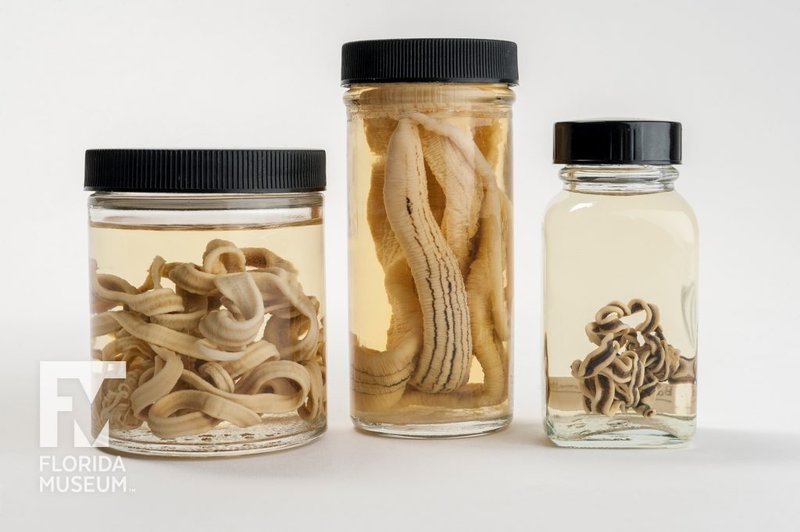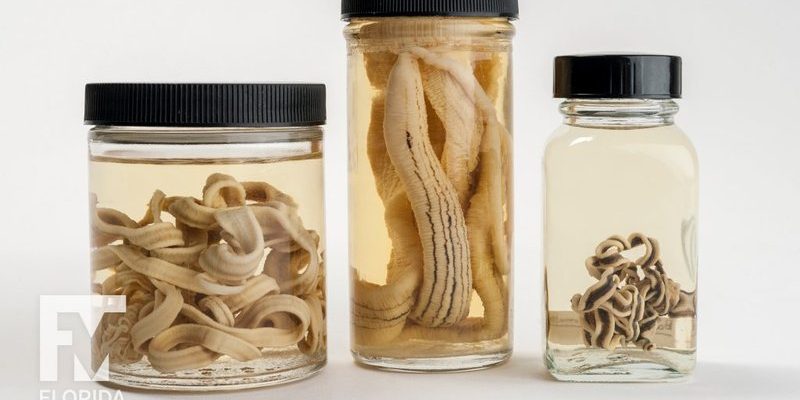
So, what’s the connection between ribbon worms and full moon tides? Here’s the thing: the full moon has a way of influencing tides, creating perfect conditions for these worms to emerge. Just as the moon tugs at the oceans, it seems to beckon ribbon worms to explore their surroundings. In this article, we’ll dive into the world of ribbon worms, exploring why they are more visible during full moon tides, the magic of these nighttime beach walks, and how to spot them.
What Are Ribbon Worms?
Ribbon worms, scientifically known as *Nemertea*, are a diverse group of marine animals. These creatures are long, soft-bodied worms and can vary significantly in color and shape. Some can be just a few inches long, while others may stretch over 30 feet! Imagine seeing a bright, squiggly ribbon in the water; that’s what these worms can look like.
These worms are unique because they possess a proboscis, which is like a long, retractable tongue. When hunting for food, they can shoot this out to snag small fish or other prey. It’s a bit like a superhero using a grappling hook to catch something in midair. Ribbon worms typically live in sandy or muddy environments and sometimes hide in crevices, making them tricky to spot during the day.
You might be wondering, why should I care about ribbon worms? Well, they play a vital role in the marine ecosystem. They help control the population of small marine life, acting as both predator and prey. Plus, they’re fascinating creatures that add to the rich tapestry of ocean life.
The Full Moon Effect on Tides
The full moon isn’t just a pretty sight in the sky; it has real effects on our oceans. During the full moon, the gravitational pull of the moon aligns with the Earth and sun, creating higher high tides and lower low tides. These changes produce what we call **spring tides**, which allow water levels to rise and fall more dramatically than usual.
Imagine the shoreline expanding and contracting like a giant breathing creature. This movement uncovers areas of the beach that might not normally be exposed. For ribbon worms, these conditions are golden. As the tide pulls back, it exposes more sandy environments where they can roam freely, forage, and breed.
These tidal changes don’t just affect ribbon worms; they influence many marine creatures. It’s like a signal to the ocean’s inhabitants that it’s time to be active. If you visit the beach during a full moon, you may notice crabs scuttling about and fish swimming close to the surface, all thanks to the full moon’s enchanting pull.
When Do Ribbon Worm Sightings Happen?
Ribbon worm sightings peak during the full moon, mainly because of the optimal conditions created by the tides. This phenomenon doesn’t just happen once a month; there are typically several full moons each year. Depending on where you live, some months might offer better viewing opportunities than others.
Planning your beach visit during a full moon can be an exciting adventure. Ideally, you’ll want to go out during low tide, as this is when you can see the maximum exposure of the beach environment where ribbon worms thrive. Grab a flashlight, and you might just catch a glimpse of these mesmerizing creatures as they wriggle around in the sand.
Keep in mind that while they’re more visible during these times, ribbon worms are still somewhat elusive. They may hide under rocks or burrow into the sand, so patience is key. Snapping a photo may require some stealth, but the thrill of spotting one makes it all worthwhile.
How to Spot a Ribbon Worm at Night
Seeing a ribbon worm in its natural habitat can feel like a treasure hunt. Here are some tips on how to increase your chances of spotting one during a full moon outing:
- Timing is Everything: Visit the beach during low tide when the water recedes and exposes more area.
- Use a Flashlight: A good flashlight can help you see into darker areas where ribbon worms might be hiding.
- Look for Movement: Ribbon worms can move quickly. If you see something wiggling in the sand, it might be a ribbon worm!
- Check Under Rocks: Gently turn over rocks or shells; sometimes, ribbon worms will be hiding underneath.
And don’t forget, it’s essential to respect these creatures and their habitat. Avoid disturbing their environment too much, and be gentle when exploring tidal pools. The goal is to observe, not to disrupt.
Other Creatures to Look Out For
While ribbon worms are an exciting find, they’re not the only creatures that come out during full moon tides. You might also spot:
- Crabs: These little guys are usually super active, scuttling along the sand or hiding among rocks.
- Starfish: Keep an eye out for these colorful marine stars as they cling to rocks, waiting for food.
- Small Fish: Many fish come closer to the shore during full moon tides, making them easier to see.
Each creature adds to the magical experience of nighttime beach exploration. It’s like stepping into a hidden world that most people miss.
Why Ribbon Worm Sightings Matter
Understanding ribbon worm sightings during full moon tides goes beyond just a fun beach adventure. These sightings can provide insight into the health of coastal ecosystems. Scientists often study these creatures to monitor the state of marine environments, as their presence and abundance can indicate changes in the ecosystem.
Additionally, engaging with nature through these observations fosters a deeper appreciation for marine life. The more we learn about organisms like ribbon worms, the more motivated we can become to protect their habitats. It’s a circle of awareness that starts with simple curiosity—much like your beach visit to see these iridescent creatures.
So, the next time you find yourself at the beach during a full moon, take a moment to look around. You might just spot some ribbon worms, and in doing so, feel a connection to the larger world beneath the waves.
In conclusion, ribbon worm sightings during full moon tides offer a unique glimpse into the vibrant life of our oceans. By understanding the relationship between these creatures and their tidal environment, we can better appreciate the delicate balance of marine ecosystems. Grab a friend, head to the beach, and see what wonders await you under the light of the moon!

